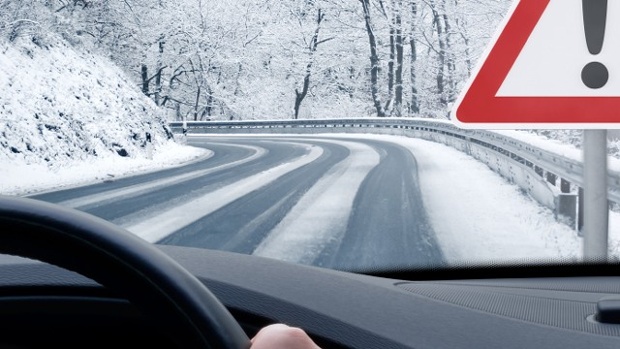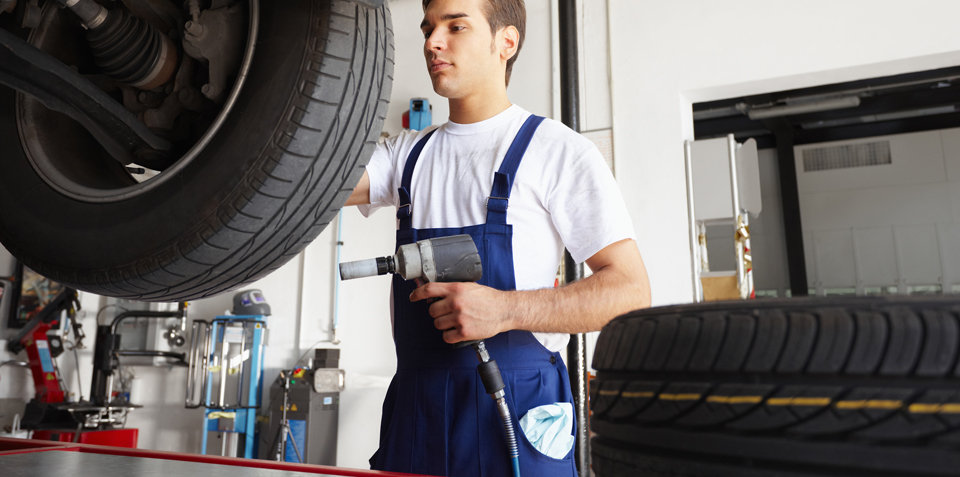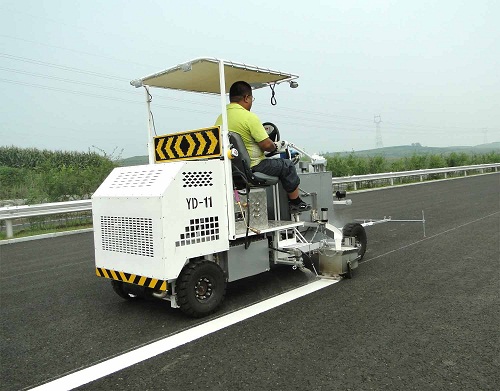Driving on wet roads is less safe than when driving on dry roads. Your tires must adequately grip the road or you risk sliding, even losing control of your vehicle. The following are some points to keep in mind as you take to the road in wet weather.
1. Slow down. There is no reason to speed when the roads are wet. The posted speed limit may say 55 mph, but the conditions may require you to travel much slower. Pace yourself when you are on the road and you will stay safe. Allow extra space between you and the car immediately in front of you as it takes longer to stop when roads are wet.
2. Check the tread. If your tires do not have sufficient tread, then it can be more difficult to bring your vehicle to a safe stop. Tires should have at least 2/32 of an inch of tread left. You can verify tread levels by sticking a US penny in the tread —if any portion of Abe’s head is showing, then replace the tire.
3. Keep your hands on the wheel. You may be a one-handed driver, but driving with two hands is the safest practice. If you lose control of your car and have only one hand on the wheel, you may not be able to get control fast enough when you move your other hand back in place.

4. Tap the brakes as you make your turns. Avoid crazy antics like taking a turn and not braking. You need to slow your speed as you enter a curve or a turn and maintain an even pace. Sharp turns on wet roads can send your car off the road, down an embankment and perhaps into a tree or a bridge abutment.
5. Take it easy on the steering wheel. As you take each turn, take it easy on the steering wheel. Sudden movement can cause your car to fly out of control, causing you to have an accident.
6. Brake straight. When it comes time to brake, tap your brakes and begin to slow down. Control the steering wheel, by keeping it straight. Avoid sudden turns that can cause your car to swerve into another lane.
7. Review your following distance. Your normal following distance should be doubled and in some cases tripled when road conditions are wet. Consider how limited visibility can affect your ability to see and react in time in the event of an emergency.
8. Avoid sliding. If the road is so wet that you begin to lose steering control, slow down. If you are caught in a slide whereby either the front or rear wheels slip out from underneath the car, then gradually release the gas pedal until your car regains its footing.
Tire Considerations
It is important that you check both the tire pressure and tread wear on your car monthly. Tires should be inflated to the amounts listed in your car’s owner’s manual or on the placard located on the inside door jamb on the driver’s side.
Keep your tires inflated within tolerances. Observe your tires, taking note of bulges, cuts and blisters, all signs of pending tire failure.
When buying new tires, buy them in pairs or in quads. New tires are always placed on the rear axle. Check your spare too to ensure that the tire is in good condition and has sufficient air in it.
Finally, if you have any questions about your tires, take your car to a local tire retailer for inspection advises Mavis Tire. Your retailer can advise you on when to buy new tires and what tire choices are currently available for your car.








